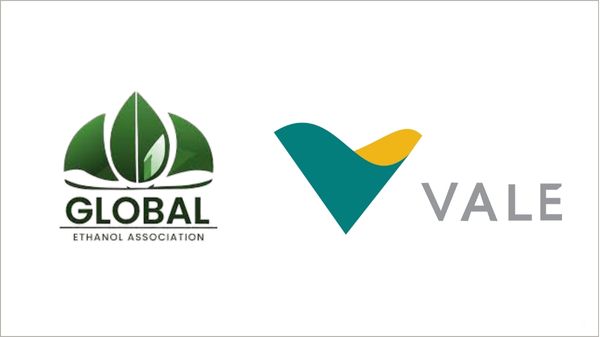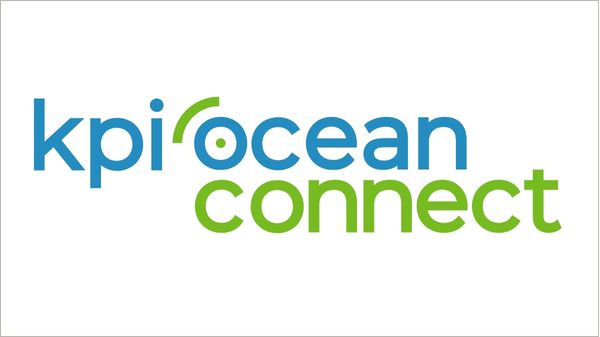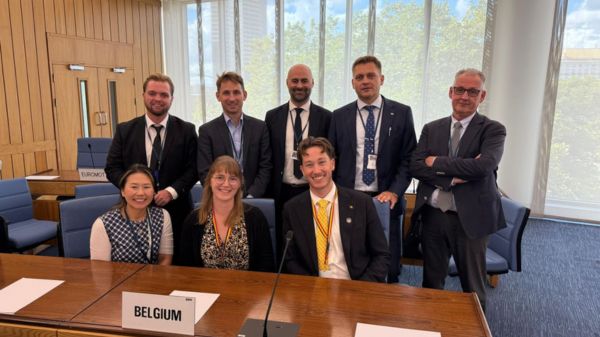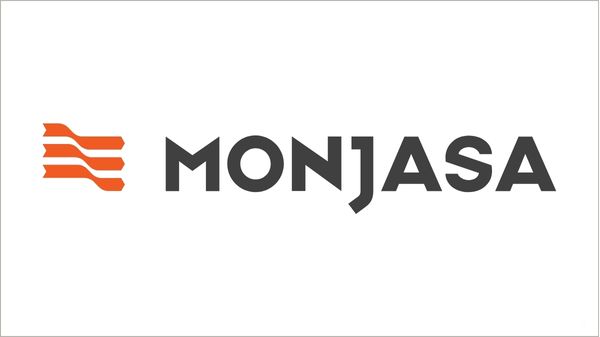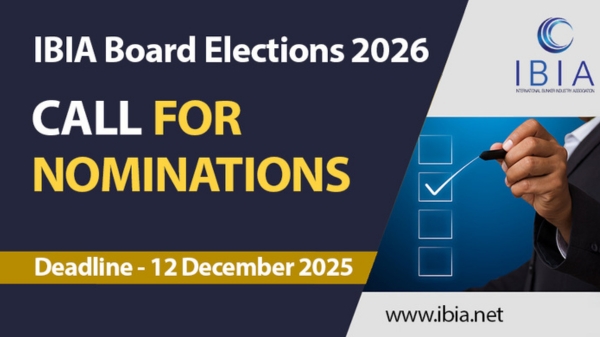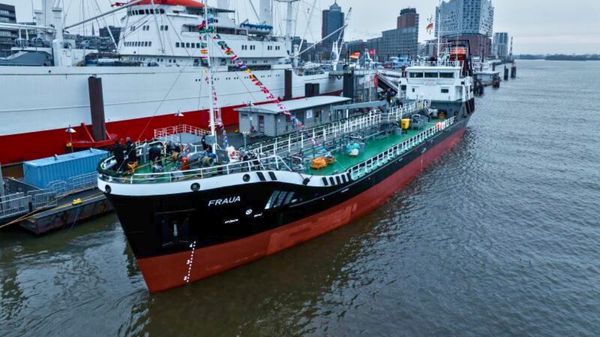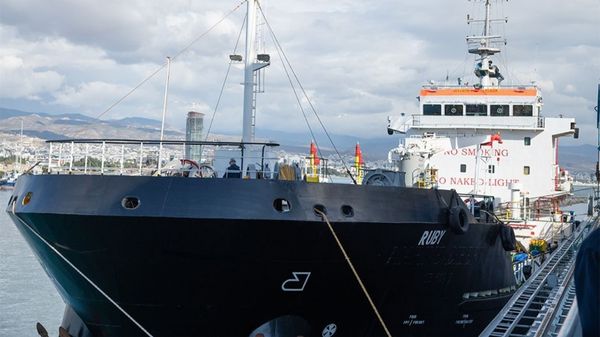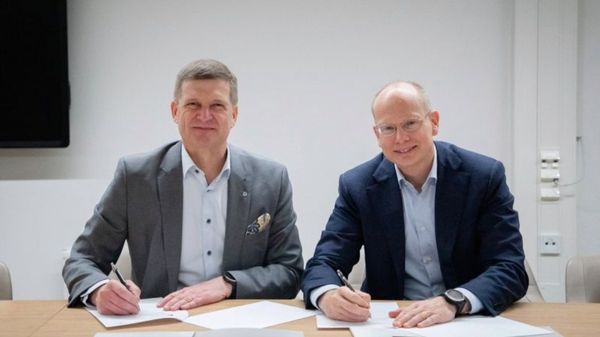Summary of the key bunker-related issues discussed at the International Maritime Organization's (IMO) 71st session of the Marine Environment Protection Committee (MEPC), held in London from July 3-7.
Bunker Delivery Note (BDN)
The Committee adopted revisions to Appendix V of MARPOL Annex VI, which specify the information to
be included in the bunker delivery note required under regulation 18.5 of MARPOL Annex VI. The
declaration of conformity, required to be provided by the bunker supplier, now allows for the option to
document the sulphur content specified by the purchaser, which may exceed relevant limit values, for use
on ships fitted with SOx abatement equipment or undergoing emission reduction and control technology
research. The amendment enters into force on January 1, 2019.
Fuel oil data collection system
The Committee adopted Guidelines for data verification procedures, to be utilized by Administrations for
the verification of annual fuel oil consumption data reported in accordance with the IMO Ship Fuel Oil
Consumption data collection system under MARPOL Annex VI/22A of (Resolution MEPC.278(70)).
The Guidelines aim to provide a pragmatic verification procedure that ensures consistent, reliable and robust
data by incorporating concepts on data quality assurance and verification. The Guidelines do not alter
ship's reporting responsibilities as outlined in MARPOL Annex VI, however Administrations may request
additional documentation to be submitted in order to facilitate data verification.
Associated Guidelines for the management of the IMO Ship Fuel Oil Consumption Database, that will be
the central repository for all data submitted by Administrations to the IMO, were also adopted at this
session. Data will be anonymized by rounding data on the reported ship technical characteristics.
Therefore, individual ships will not be identifiable. A summary report will be produced for the MEPC on
an annual basis, including information on annual fuel consumption by fuel type, aggregated data on FO
consumption, distance travelled and hours underway by ship type, and the number of ships registered in
the Party of Annex VI, of 5,000 gt and above, for which data was and was not received.
To facilitate full participation in data collection, Guidance, in the form of a new MEPC circular, was also
issued clarifying the methods for submitting FO Consumption data from ships under a flag that is not a Party to MARPOL Annex VI.
Implementation of the global 0.50% sulphur limit in 2020
A new work program on the consistent implementation of the 0.50% global sulphur limit in 2020, as per
MARPOL VI regulation 14.1.3, was agreed to be included in the PPR Sub-Committee's agenda for 2018-
2019. Under this regulation, the sulphur content of fuel oil used on board ships shall not exceed 0.50%
m/m as of January 1, 2020. Recognizing challenges to implement this requirement, the Committee agreed
the scope of this high priority agenda item should include the following:
- transitional issues that may arise when shifting to the new 0.50% m/m sulphur limit;
- possible impact on fuel and machinery systems that may result from the use of fuel oils with
a 0.50% m/m sulphur limit;
- verification/control actions that may be necessary to ensure compliance;
- development of a draft standard format for reporting fuel oil non-availability;
- development of guidance, as appropriate, that may assist stakeholders in assessing the
sulphur content of fuel oil delivered to the ship is as stated on the bunker delivery note;
- safety implications with regard to using blended fuels to meet the 0.50% sulphur limit; and,
- any consequential regulatory amendments and/or guidelines needed to address the above
issues.
ISO has also been requested to consider the framework of ISO 8217 with a view to consistency with the
relevant ISO standards on marine fuel oils in this regard.
Guidelines for exhaust gas cleaning systems
Regulation 14 of MARPOL Annex VI stipulates sulphur content in fuel oil used by ships, to reduce SOx emisisons.
Regulation 4 of MARPOL Annex VI specifies that the use of alternative methods approved by the ships' flag administration can be used.
'Exhaust Gas Cleaning System (EGCS) is one such alternative system and the IMO EGCS guidelines were developed to specify the technical standards on the system and the method of verification.
At MEPC 71, draft amendments to the guideline, which gives clarification on the technical terms, procedures for emissions testing and the scheme for approval, were proposed.
MEPC 71 agreed to consider this matter at the 5th session of the Sub-Committee on pollution prevention and response (PPR 5) in detail.
Guidelines for determining minimum propulsion power
Guidelines for determining minimum propulsion power to maintain the manoeuvrability of ships in adverse conditions were adopted in order to avoid construction of extremelly under-powered ships along with the implementation of EEDI requirements. The guidelines stipulated two assessment methods: level 1 and level 2.
At MEPC 68, held in 2015, amendments to the guidelines were adopted to strengthen requirements of level 1 and to extend the application period of the guidelines to phase 1 of EEDI regulation. Further, it was agreed that a review of the level 2 assessment would be conducted on completion of ongoing research projects of SHOPERA and JASNAOE.
At MEPC 71, the draft amendments to the guidelines reflecting the results of SHOPERA and JASNAOE projects were introduced. As a result of the discussion, it was agreed to continue discussion on level 2 assessments at MEPC 72 due to the fact that different opinions were expressed on adverse weather conditions and other issues. Further, it was decided to extend the applicability of the 2013 Interim Guidelines to phase 2 EEDI requirements as an interim solution.
MARPOL Annex VI, Regulation 13 (New Emission Control Areas)
Amendments to Regulation 13 of MARPOL Annex VI were adopted that establish both the North Sea area
(including the English Channel) and the Baltic Sea area as new NOx Tier III Emission Control Areas (ECAs)
for nitrogen oxides. Accordingly, marine diesel engines will be required to comply with the NOx Tier III
emission standard when installed on ships that:
- are constructed on or after January 1, 2021; and
- operate in either of these two new ECAs, except for ships having:
- a length less than 24m and specifically designed/used for recreational purposes; or
- a combined propulsion power less than 750kW that cannot comply due to design or construction limitations.
Additionally, temporary exemption provisions are included with the amendments for the purpose of
allowing ships fitted with dual-fuel engines or with only Tier II engines to be built, converted, repaired
and/or maintained at shipyards or repair facilities located within NOx Tier III ECAs. Under the exemption:
- these engines must meet NOx Tier II emission standards;
- the ship is only permitted to sail directly to and from the shipyard or other repair facility and
must follow any additional specific routing requirements specified by the relevant port State;
and
- the ship is not permitted to load or unload cargo.
IMO strategy on GHG emissions
The Committee tried to progress the development of a comprehensive IMO strategy on reduction of
GHG emissions based on the Roadmap approved at MEPC 70. IMO is expected to adopt a strategy on
reduction of GHG emissions from ships at MEPC 72 in April 2018. After considering a report from the
first Intersessional Working Group, the Committee noted a draft outline for the structure of the initial IMO strategy:
- Preamble/introduction/context including emission scenarios
- Vision
- Levels of ambition / Guiding principles
- List of candidate short-, mid- and long-term further measures with possible timelines and
their impacts on States
- Barriers and supportive measures; capacity building and technical cooperation; R&D
- Follow-up actions towards the development of the revised strategy
- Periodic review of the Strategy
It was recognized that any initial IMO strategy may be revised based on Phase 1, but should not
prejudge any specific measures that may be implemented in Phase 3, of the agreed 3-step approach:
- Phase 1 - collection of FO consumption data (2019-2021)
- Phase 2 - analysis of that data
- Phase 3 - decision making on what further measures, if any, are needed
When considering GHG emission reduction opportunities, the first Intersessional Working Group
received proposals for:
- short-term measures which included effective implementation of the data collection system
for fuel oil consumption and analyzing the use of operational energy efficiency measures
such as speed reduction;
- short- to medium-term measures which included potentials to improve energy efficiencies
in design and development of operational energy efficiency indicators and guidelines; and
- mid- and long-term measures which included robust analysis of data collected from the data
collection system before a decision on whether further measures, if any, are required and
consideration of Market Based Measures as incentive mechanisms.
Sources: Compiled using data from American Bureau of Shipping (ABS) and ClassNK

